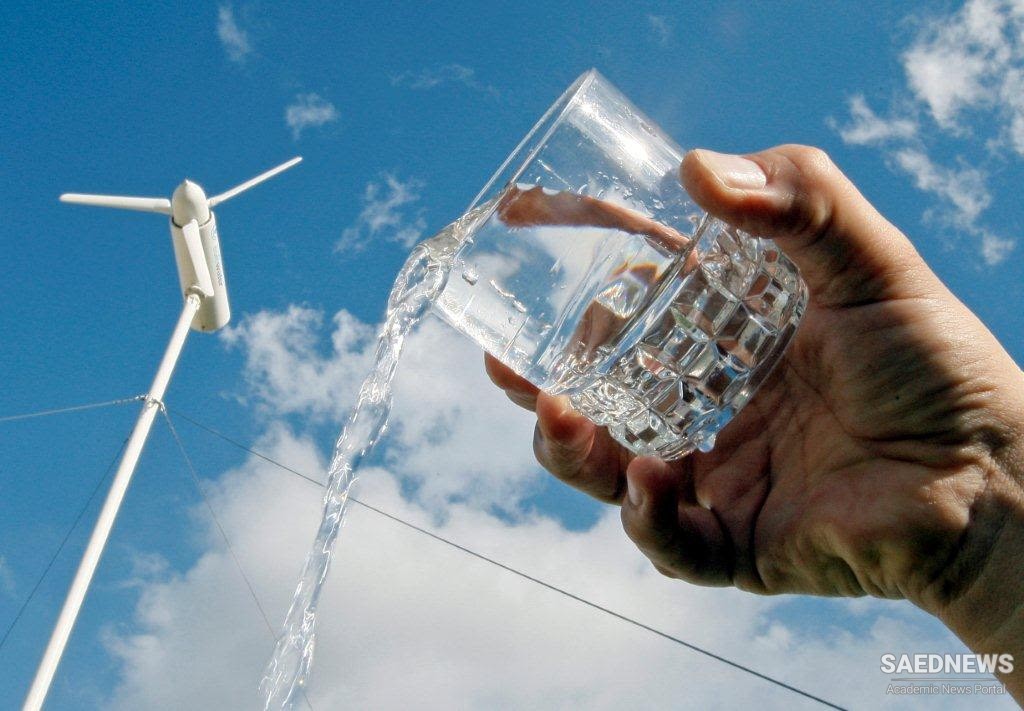Here Armstrong, himself a prominent engineer, installed the turbine on an 8.8m (29ft) head of water to evelop 9hp, transmitted by belt to a 90V dynamo from which Cragside was lit by Swan’s electric lighting (see Chapter 6). This was the first hydro-electric plant in Britain. In 1884, W.Günther of Oldham built his turbine number twelve, a ‘Girard’ impulse turbine of 30kW (40hp), which was used for the electric lighting of Greenock, Scotland. Although factories continued to require turbines to power their machinery, the main demand for water turbines lay in the production of hydro-electric power. Turbines grew bigger, more efficient, and increased in horse power to meet the growing demand for electricity in hilly countries where coal was not available.
The upper Rhine, between Basel and Strasbourg, has eight hydroelectric stations, the dams of which make the river fully navigable to Basel all the year round. Kems, built in 1932, is the oldest of this series, with six turbines each developing 18.6MW (25,000hp) on a 16.5m (54ft) head. The whole suite of hydro-electric stations between Basel and Strasbourg can produce 895MW (1,200,000hp). Similarly, the Tennessee Valley Authority (TVA) water control requirements enabled the Federal Government of the United States to build a series of dams with hydro-electric plant in the years of the Roosevelt ‘New Deal’, and in the immediate post-war years. The basic turbine type for most of the high-powered hydro-electric plant has been the Kaplan. This is a reaction turbine which uses a large flow on a low head, and which is made like a ship’s propeller with variable pitch vanes running in a close-fitting casing. Victor Kaplan patented his turbine before the First World War in Brno, Czechoslovakia, but it was neglected until the 1920s. These turbines have been capable of some 85 per cent efficiency, and modern developments in their design have made them even more efficient.
Perhaps the most impressive use of the Kaplan derivatives is in the great tidal-power system of the Rance estuary by St Malo in France. This scheme was completed in 1966 and presents many additional factors. As turbines they must work on a variable head yet give a constant speed. Thus the Rance design must represent the most flexible of all turbine solutions. It is interesting to note that, in the new proposals to use the flow of the tides in areas such as the Bay of Fundy in the United States, and the Severn estuary and Morecambe Bay in England, there is a harnessing of a water-power source first used in the late twelfth century in England.
Water power has been harnessed to great effect for 2000 years to provide power for the many requirements of life. It started in order to ease the grinding of grain for food, and grew to power all man’s industrial needs before steam came into use as the power behind the burst of development which we know as the Industrial Revolution. It is developing again to provide electricity on a huge scale, as well as being used as a means of giving minor industrial development to the Third World.


 Water Turbines: A New Phase of Technological Advancement
Water Turbines: A New Phase of Technological Advancement














































